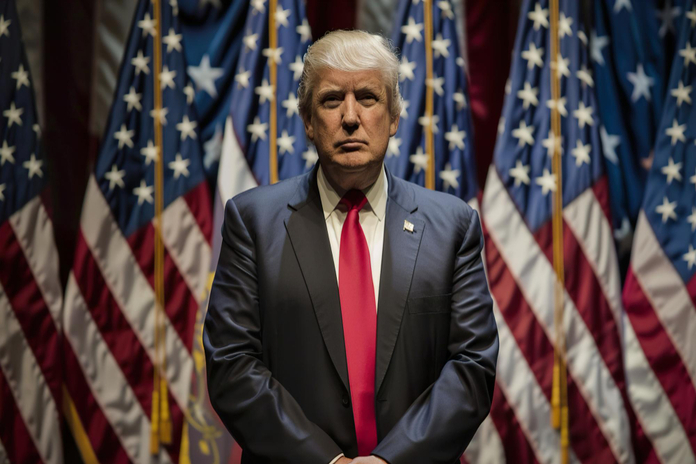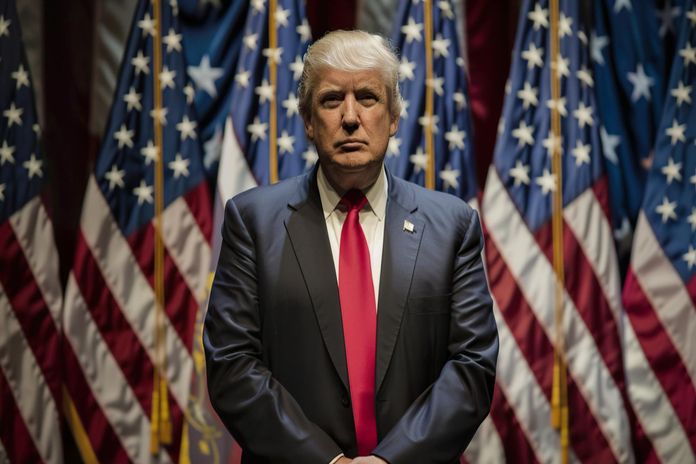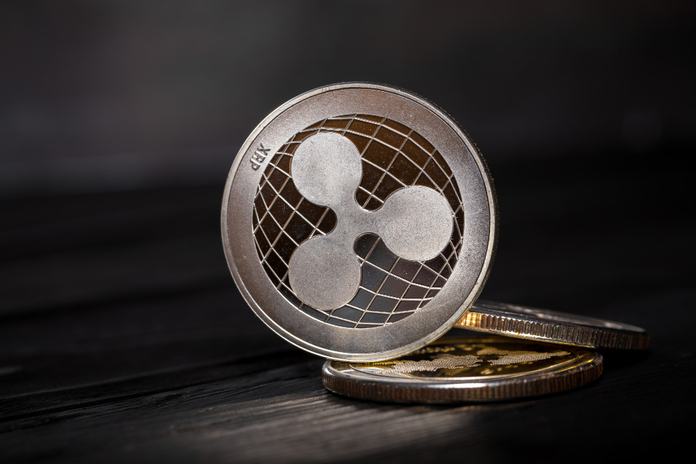Trump Stablecoin Legislation Gains Momentum

Donald Trump has once again expressed strong support for stablecoin legislation, emphasizing its potential to bolster the U.S. dollar’s dominance in global finance. Speaking at the Blockworks crypto conference in New York, Trump called on Congress to pass landmark legislation to create clear regulations for stablecoins. His endorsement comes as the Senate Banking Committee advances a bipartisan bill that aims to govern dollar-backed stablecoins issued by private entities.
Trump’s Call for Stablecoin Legislation
During his address, Trump highlighted the positive impact stablecoins could have on the U.S. economy. He described the legislation as a means to unleash economic growth and strengthen the dollar’s influence globally.
“I’ve also called on Congress to pass landmark legislation creating simple, common sense rules for stablecoins and market structure,” Trump said. “You will unleash an explosion of economic growth, and with dollar-backed stablecoins, you’ll help expand the dominance of the U.S. dollar for many, many years to come.”
This endorsement underscores Trump’s ongoing efforts to align himself with the cryptocurrency industry, which has grown into a powerful force in U.S. politics.
The Bipartisan Push for Stablecoin Regulation
Last week, the Senate Banking Committee advanced a stablecoin bill with bipartisan support, marking a significant victory for the crypto industry. The bill aims to regulate privately issued stablecoins pegged to the U.S. dollar, allowing for faster and cheaper global transactions. Supporters argue that by providing clear guidelines, the legislation will reduce uncertainty and foster innovation in the crypto space.
The proposed legislation establishes a framework that ensures stablecoin issuers maintain sufficient reserves and adhere to strict transparency requirements. These measures aim to protect consumers while promoting trust and stability in the growing digital asset market.
Trump’s Strategic Bitcoin Reserve and Crypto Ambitions
In addition to his stablecoin push, Trump recently signed an executive order to establish a Strategic Bitcoin Reserve and a stockpile of other digital assets. This move fulfills a campaign promise aimed at enhancing U.S. leadership in the digital asset space.
However, the announcement fell short of industry expectations, as it lacked clarity on how the reserve would be managed and its potential impact on the broader crypto market. Despite this, Trump’s actions signal a growing commitment to integrating cryptocurrencies into the U.S. financial system.
Political Implications for the Crypto Industry
Trump’s pro-crypto stance has positioned him as a favorite among digital asset enthusiasts and industry leaders. His promises, including his pledge to fire Gary Gensler from his role as Chair of the U.S. Securities and Exchange Commission (SEC), have resonated with crypto advocates. Gensler’s tenure has been marked by aggressive enforcement actions against crypto companies, leading to tension between the industry and regulators.
Trump’s alignment with the crypto industry has also attracted significant political donations, further cementing his ties to the sector. His ongoing efforts to push for favorable regulations could shape the future of the crypto market and influence policy decisions for years to come.
Market Reaction and Future Outlook
Following Trump’s comments at the Blockworks conference, crypto markets experienced renewed optimism. Token prices, which had previously dipped amid regulatory uncertainty, showed signs of recovery as investors welcomed Trump’s pro-stablecoin and pro-Bitcoin stance.
Despite the initial enthusiasm, analysts caution that the road to stablecoin legislation remains uncertain. While the bipartisan bill has gained momentum, it still faces hurdles in Congress. Moreover, the success of Trump’s proposed Strategic Bitcoin Reserve depends on clearer regulatory guidelines and industry collaboration.
Conclusion: Will Trump’s Stablecoin Push Shape the Future?
Trump’s endorsement of stablecoin legislation could have far-reaching implications for the U.S. economy and the global crypto market. By advocating for regulatory clarity, Trump aims to position the U.S. as a leader in the digital asset space while safeguarding the dollar’s dominance.
As the bipartisan bill moves through Congress and the crypto industry continues to evolve, Trump’s influence will undoubtedly play a crucial role in shaping the future of digital finance. For investors and stakeholders, staying informed about these developments is essential to navigating the rapidly changing landscape of cryptocurrency regulations.
Featured Image: Freepik




